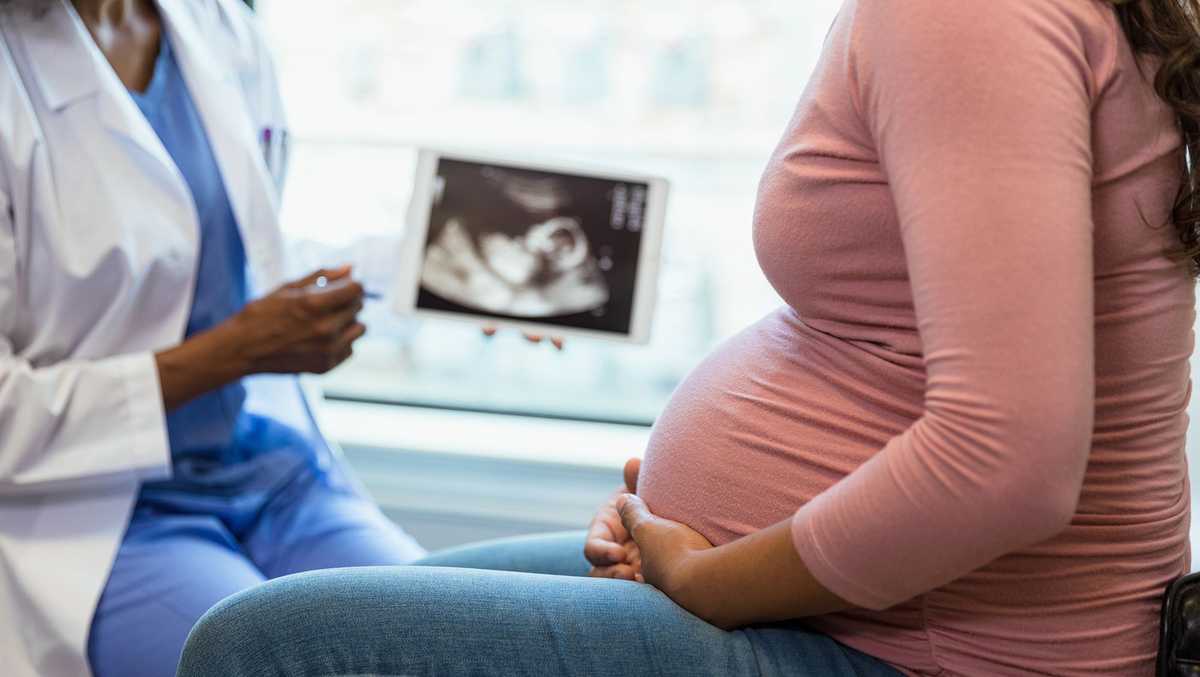Alyssa Vasey, a mother from Kemmerer, Wyoming, was taken by surprise when she learned her planned birthing hospital in Evanston was closing its labor and delivery unit. She had intended to make the hour-long trip there for her delivery, but a friend’s post on social media alerted her to the facility’s unexpected decision to close its maternity services. Initially dismissing the information as a rumor, she called her OB-GYN’s office and received confirmation that the closure was indeed real.
This change leaves Vasey with limited and daunting options, as her local hospital had already shut down its birthing unit two years prior. Now, she is faced with difficult choices that could involve risking bad weather on longer drives to Utah or relying on home birth options that may lack the safety and security of hospital care.
The closure of Evanston’s labor and delivery unit is part of a broader decline in maternity care services across Wyoming, which has seen several rural hospitals end their obstetric services over the past decade. Rural hospitals, already grappling with workforce shortages, low demand, and financial strains, find it challenging to maintain maternity wards.
The Evanston hospital cited a steady decline in births as a reason for the decision, reporting that it was delivering an average of just six babies per month. Hospital CEO Cheri Willard expressed commitment to meeting the needs of patients, despite the strain of sustaining an underutilized birthing facility.
For Wyoming, the loss of local birthing facilities has serious implications for public health and community stability. The state has been ranked poorly for women’s health and reproductive services, placing 42nd in a 2024 national report. Eleven of Wyoming’s 23 counties now have no OB-GYNs, with many areas relying on single providers to serve large populations.

Lawmakers and health officials worry that inadequate maternal care access will discourage young families from settling in rural communities, potentially accelerating population decline in these regions. Both state leaders and local health organizations recognize the issue but have yet to find sustainable solutions to the complex and costly challenges of rural maternity care.
Efforts to address this crisis have been ongoing, but progress has been limited. During recent legislative meetings, members of Wyoming’s Joint Labor, Health, and Social Services Committee explored various strategies, including expanding midwifery, reducing medical malpractice barriers, and finding ways to support existing maternity care providers.
However, the committee did not finalize any legislation, instead opting to continue investigating potential solutions. The governor’s health task force has been exploring initiatives like rural OB fellowships and increased collaboration with family physicians to enhance local maternity care capacity, yet these measures remain in the early stages.
The challenge of recruiting and retaining medical professionals in rural areas like Wyoming is compounded by issues such as restrictive hospital policies, limited resources, and high insurance costs. Mandi Lew, a Wyoming native and former nurse midwife, ultimately relocated to Utah after her attempts to work in southwestern Wyoming faced repeated obstacles.
Local bylaws prevented her from practicing without a physician’s supervision, prompting her to commute and eventually settle permanently in Utah. Lew worries that Wyoming’s lack of training and staffing will lead to higher maternal and infant mortality rates, as rural hospitals close and specialists leave the state.
With Evanston Regional Hospital’s maternity unit set to close at the end of December, families like Vasey’s are left with few options. Though the hospital will still offer other women’s health services, the absence of a birthing unit forces residents to consider out-of-state alternatives or riskier local options. Vasey, who knows others in her community similarly affected, laments that these closures treat maternity care as expendable, despite the ongoing need for safe and accessible birthing services in rural Wyoming.
